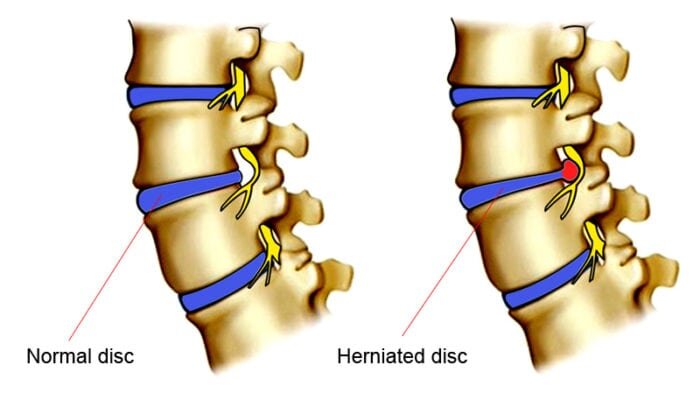Sciatica or sciatic nerve: what’s the difference?
One of the questions I frequently get asked in my practice is what is the difference between sciatica and sciatic nerve. Many patients tell me that they have a problem with their sciatic nerve and that is why they came in to be seen. The term sciatica come from the latin ‘sciaticus’ and is used to describe pain affecting the back, hip, and outer side of the leg, caused by compression of a spinal nerve root in the lower back, often owing to degeneration of an intervertebral disk.
The sciatic nerve is the largest and longest single nerve in the human body, about as big around as a man’s thumb at its largest point. It begins in the pelvis and extends into the back of the thigh where it then splits into two nerves known as the tibial and peroneal nerves.
As you can see if you injure your sciatic nerve you will probably have pain running down your leg just like if you had a pinched nerve in your lower back. The causes and treatment of sciatica and sciatic nerve injuries are vastly different.
While it is somewhat common for people to experience sciatica “pinched nerve” pain at some point in time during their lives, injuries to the sciatic nerve are uncommon. The most common causes include gunshot and knife wounds, severe motor vehicle accidents and hip dislocations.
Sciatica is often caused by herniated discs and a condition known as spinal stenosis which narrowing of the nerve channels in the back.
Sciatic nerve injuries can result in permanent loss of strength and sensation in the lower extremities while sciatica is often a temporary but very painful medical problem that more often than not does not lead to a permanent loss of function.
The most frequent causes of sciatica in adults are from disc protusions (herniations), disc bulges and spinal stenosis. A much less common cause but no less painful is a facet joint cyst that compresses one of the spinal nerves in the lower back. A facet joint are the joints that run up and down on both sides of the spine.
The most common age group to have a disc herniation is those from 25-45 years of age. With that said, frequently disc protrusions and disc bulges can contribute to spinal stenosis in order individuals.
Treatment of Sciatica
A patient not long ago asked me why were there so many treatments for sciatica. My response was that not all treatments for all people.
The most common treatments include physical therapy stretching exercises, chiropractic care, acupuncture, medications, spinal injections and as a last resort surgery.
The good news about sciatica is that the overwhelming majority of people get better over time both with and without treatment. However, those that do not seek treatment may take much longer to achieve similar results.




